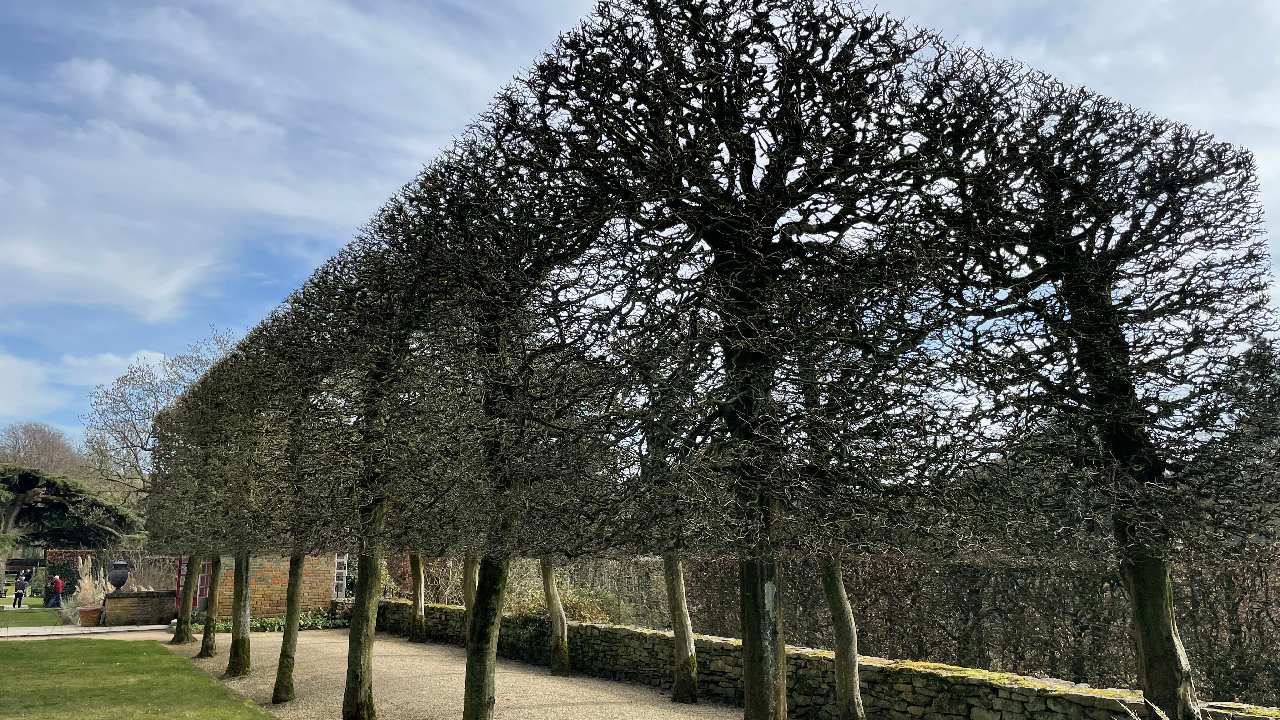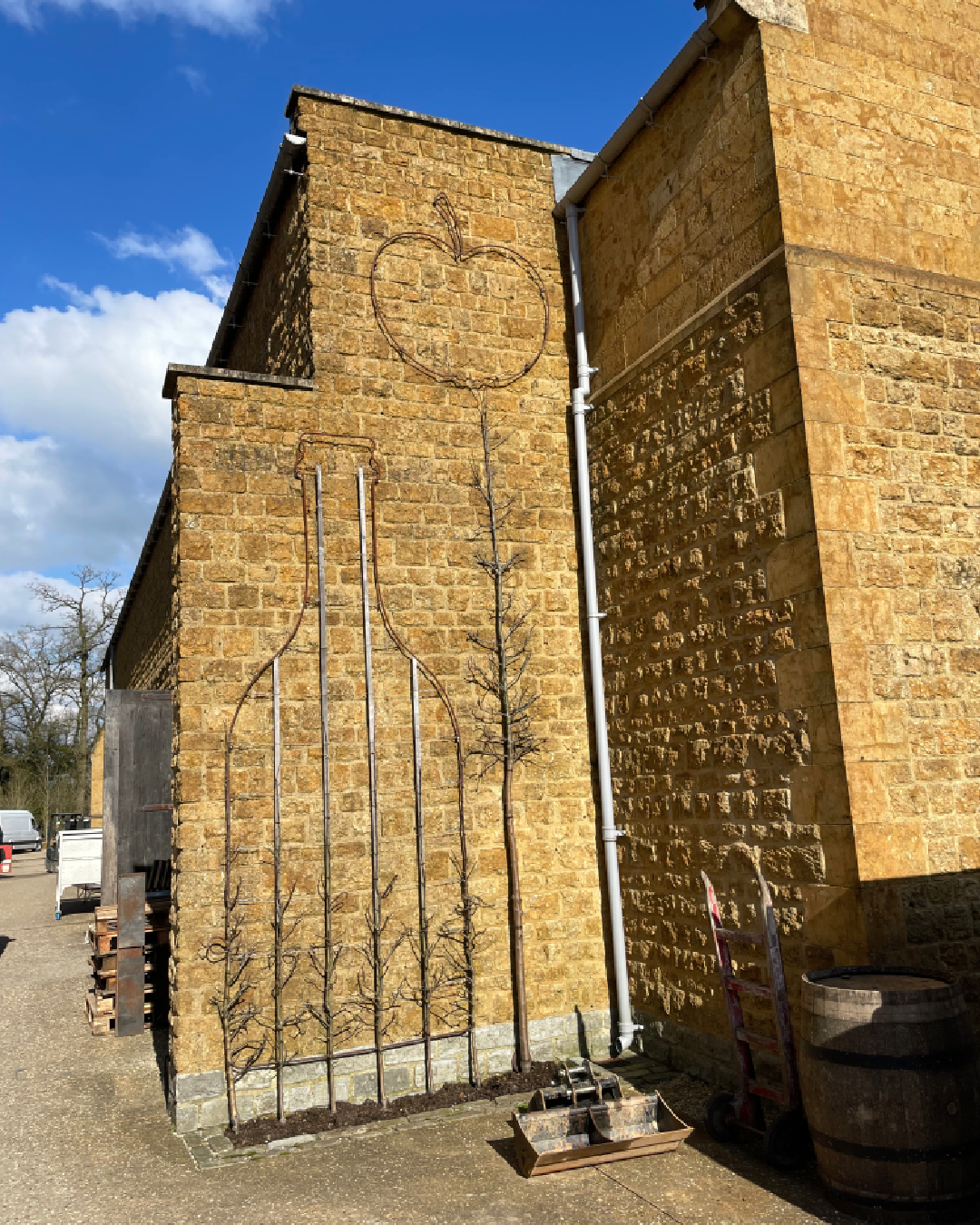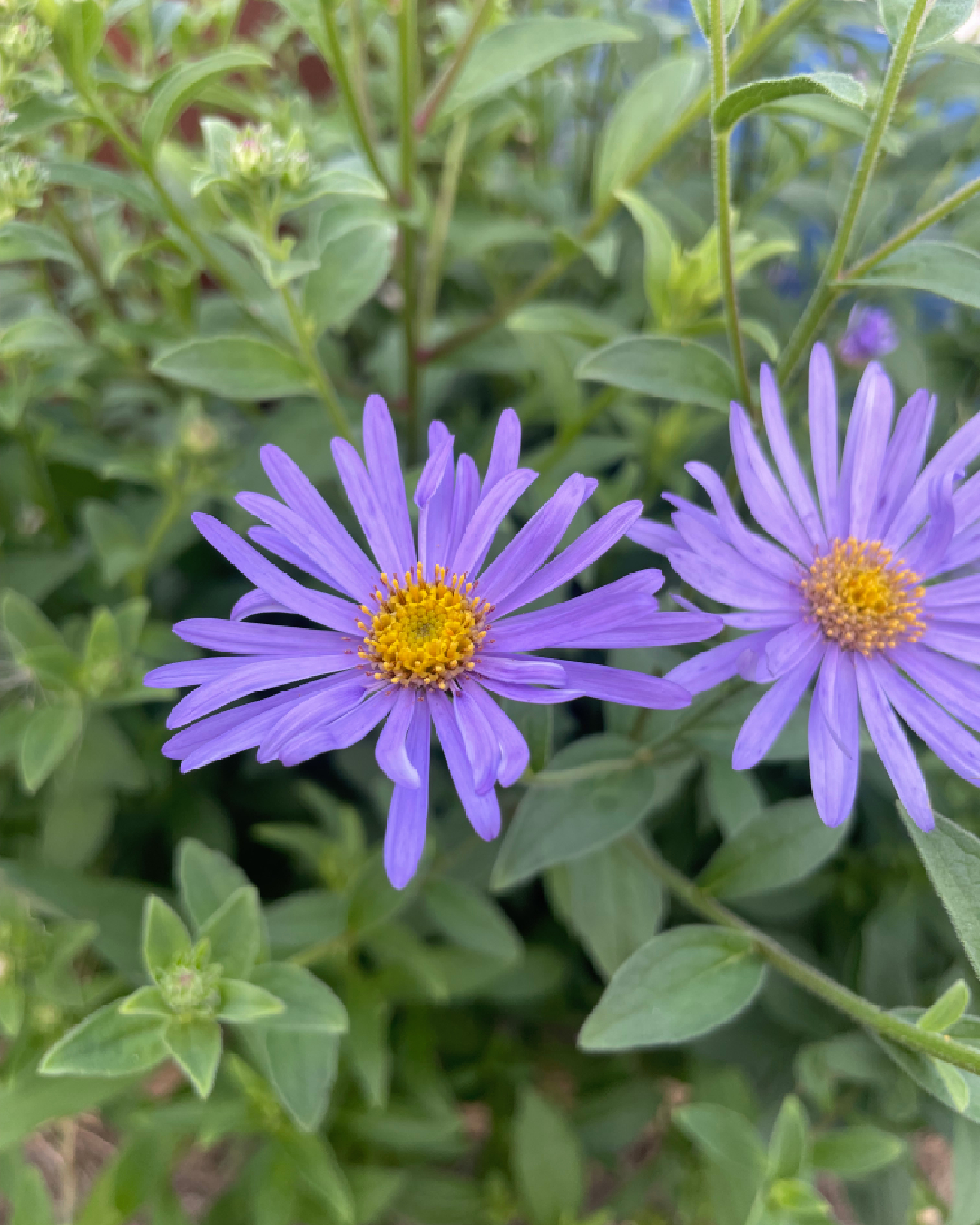Calne-based garden designer, Alex Heath has joined forces with Calne News to bring you monthly garden news.
Alex is the owner of Sulis Design Ltd, a design-only service which focuses on low maintenance, climate resilient gardens and borders for his clients to enjoy and relax in. He also offers a garden lighting design service to create atmosphere, provide security and increase garden usage into the evenings in an environmentally conscious way.
by Alex Heath
Traditionally the peak of summer holidays, the month of August is seen as one of the most rewarding months in the garden, with (hopefully) a glut of fruit and vegetables and vibrancy in the flower borders. All the hours spent planning, preparing and planting earlier in the year, should now hopefully be paying you back, whether your space is a window box, front garden display, allotment or garden.
Whilst enjoying the fruits of your labours, let’s think ahead to the tree planting season of November to March, when the trees are more dormant and where a tree could be placed within your garden. With so many types and species available it can be tricky to find a suitable one for your garden, however, whatever your space, there are some fantastic options available. It is also a good excuse to take a walk around Westonbirt, The National Arboretum and enjoy trees in all forms.

Bringing trees into the garden provides habitat for wildlife, from small invertebrates, birds and even mammals and with the glorious weather we have been having, it is an opportunity to think about which parts of your garden could do with extra shade. Other benefits include the provision of seasonal interest, produce if you choose fruit or nut trees, privacy and structure.
Here are a few brief tree suggestions and pruning styles which might fit into your garden.
Fruit and nut trees are a great option for small gardens where space is limited and you want maximise the usage of your space. Apples Malus, pears Pyrus and some stone fruit trees do well with pruning and can be placed against walls or trained into low boundaries to become step overs. If you are concerned about fruit causing stains on patios or increasing the wasp population, nut trees such as the hazel Corylus avellana are another option. Hazel can be easily controlled with coppicing, taking stems that are getting too large back down to ground level.
With a variety of root stocks, there are dwarf, sometimes known as patio, varieties called M27, right through to root stocks that produce trees over five meters on an M25 root stock. So carefully check the label to establish which rooting stock suits your needs best. Whilst checking the label also see if your variety of fruit tree needs a companion pollinator or whether they are self-fertile.
For privacy, pleached hornbeams Carpinus betulas add height to garden boundaries. With a raised canopy and exposed trunk, a pleached tree can create a modern, clean feel with underplanting of Japanese forest grass Hakonechloa macra. The benefit of using pleached trees is that you can increase the height of your boundary to give privacy and security, reduce noise and provide shelter in a windy location without encroaching on your garden space too much.
For statement trees consider the multi-stemmed Tibetan cherry Prunus serrula with its glorious red papery bark, the single stemmed silver birch Betula pendula or the katsura Cercidiphyllum, which in autumn releases a scent of toffee apples or caramel and has a delicate form and leaf structure.
Finally, one of the most popular garden trees, is the snowy mespilus Amelanchier lamarckii. This tree works in many garden conditions and offers so much interest with delicate white flowers, edible fruits and beautiful autumn colour. Generally tolerant of all conditions and relatively slow growing this tree is one to consider.
A couple of key points to remember.
When picking your tree location ensure the tree isn’t going to damage the foundations of buildings and boundaries. Willows Salix are notorious for having strong roots and a thirst for water leading to subsidence issues. A good rule of thumb is to place the tree at least half its mature height away from any structure but always consult an expert before buying.
Think about the growth rate of trees. Leylandii grow very quickly and are often used for hedging but can become overbearing. They also require regularly pruning to ensure they stay looking crisp but if pruned too hard they don’t regenerate and show dead areas in the hedge.
Trees can always be trained and cared for with pruning so depending on the variety the tree can have its height reduced to make it less over bearing and less susceptible to storm damage in the winter months. If you are concerned about growth rates, choose a compact variety.

If you want a boundary to provide privacy all year round then consider evergreen trees or deciduous trees that maintain their leaves until the new growth arrives in spring such as beech Fagus sylvatica trees.
Trees are regularly used in larger towns and cities to clean the air of air-born pollution and to reduce the effects of urban heating. So, if you are finding the heatwaves a bit too much then a tree may provide some cooler spaces to relax in during the hot spells.
This is only a brief look into garden trees, but there is definitely a tree for all types of gardens. If you are wanting to add drama, height or enjoy produce from trees in your garden then contact Sulis design where we will be happy to help. We cover planting plans for existing borders that need a revamp, right up to new design concepts.

Plant of the month
Asters also known as Michaelmas daisies are a great addition to borders that need volume and floral displays. Vigorous in growth but clump forming these perennials are looking fantastic now and will continue to flower until October. Aster x Frikartii Mönch is a delicate lavender colour with an orange centre ideal for cool borders and a great source of food for pollinators from mid-summer to late autumn.
Garden tasks
- Deadhead plants such as dahlias to maintain the blooms for as long as possible.
- Take softwood cuttings to boost your plant collection for little to no expense.
- Keep on top of watering and ensure your gardens get water if you are going away, either from a
friend or an automatic watering system. - If you have a meadow area, cut the area back hard to expose the bare earth to light, taking care to
remove as much of the cut grass as possible to remove nutrition away from the ground. - Keep on top of harvesting soft fruits such as raspberries to ensure you continue to have fruit into the
autumn. - Start gathering seed from spent blooms such as poppies and foxgloves so that you can sow it next
year. Use paper bags so that the seed can dry thoroughly and not sweat. - Prune rambling roses, removing one or two of the older stems back to the ground leaving the newer
growth to be tied in to the supporting structure. - Tidy up lavender to keep a compact form. Trim back any leafy growth but avoid cutting back into
woody stems. - Keep putting clean, fresh water out for wildlife during these summer months.
- Check on your sweetcorn crop. If the fibres at the top have turned brown, gently peel back the husk and test the kernels for ripeness. If the sap is translucent then leave them to ripen, if the sap runs clear they are ready to eat



